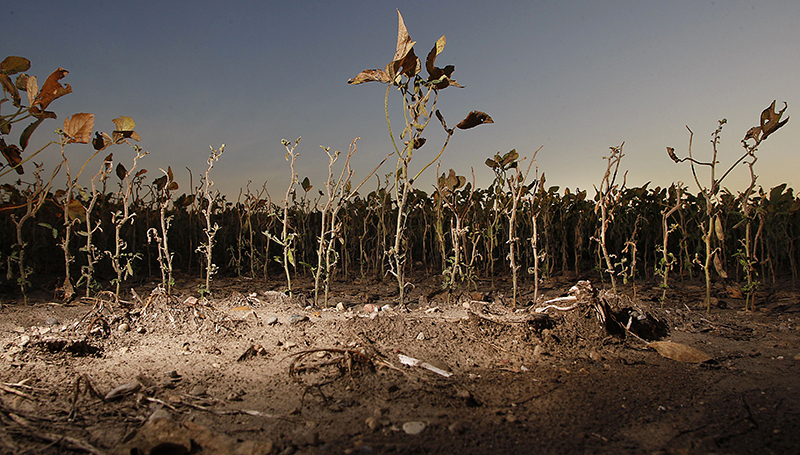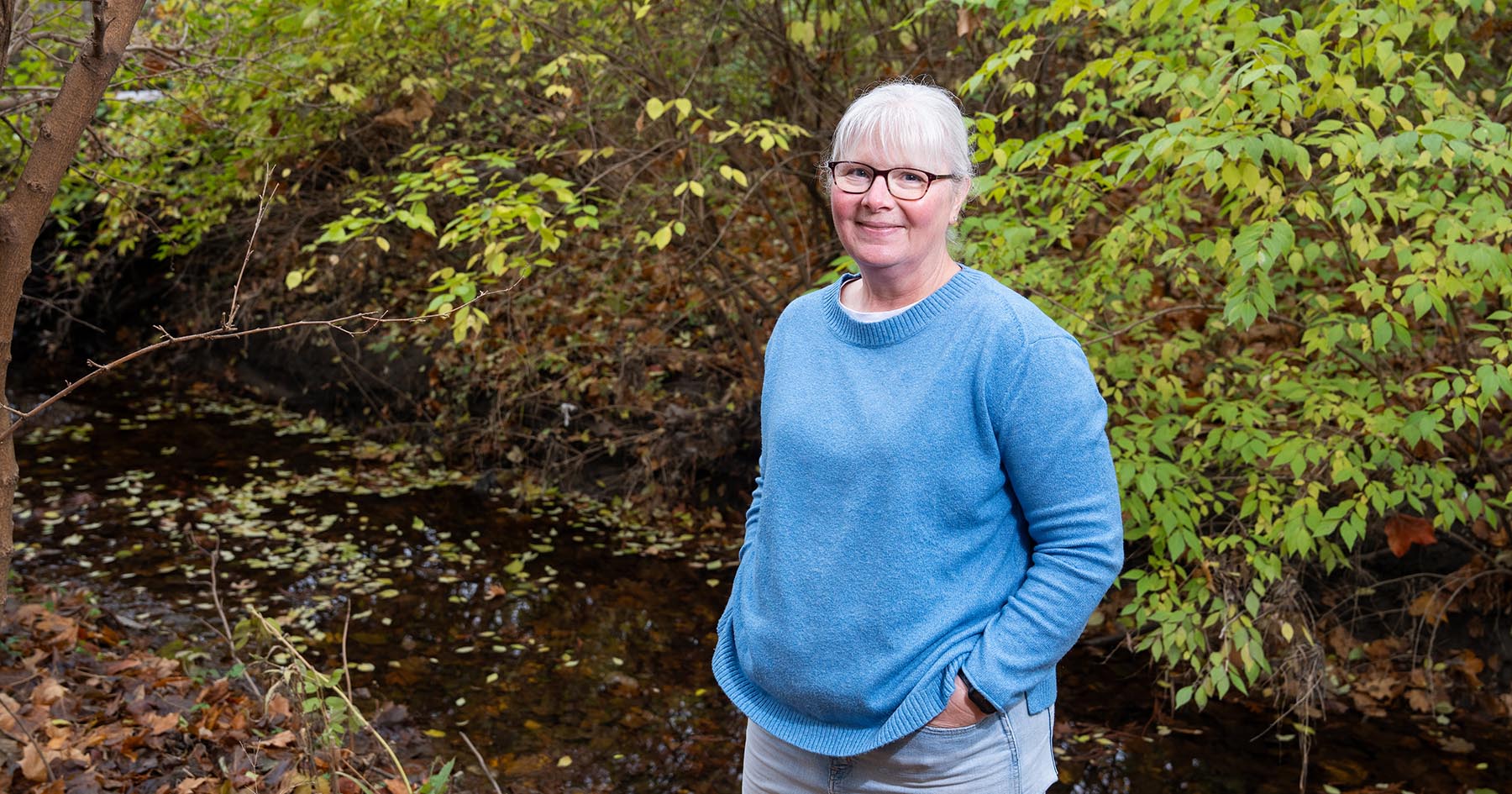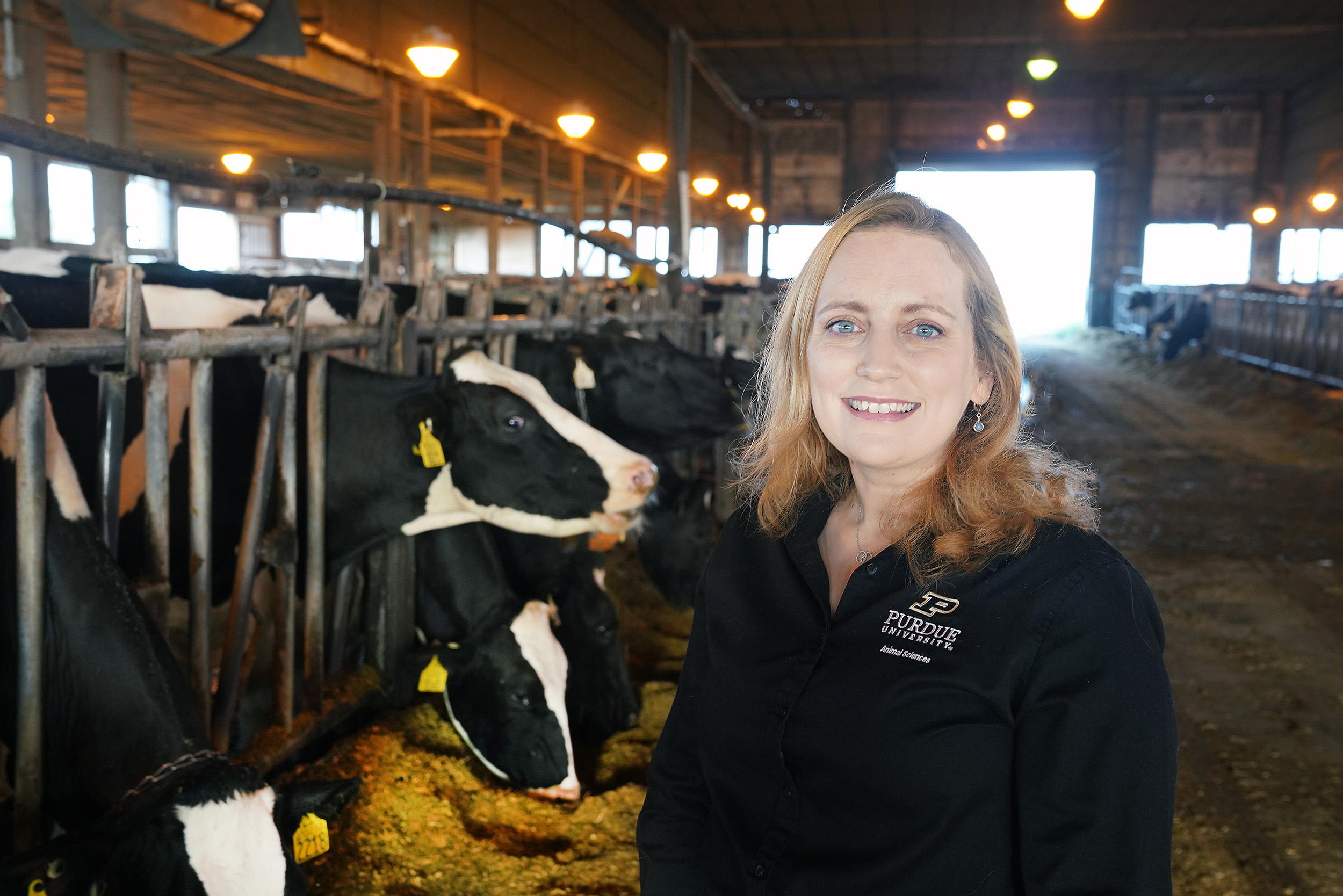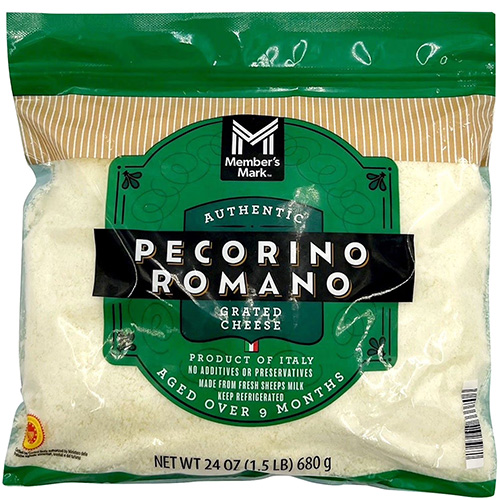Purdue-led USDA project aims to double impact of climate-smart Corn Belt agriculture
Purdue University is leading a $1.5 million partnership with the U.S. Department of Agriculture’s Midwest Climate Hub to help a highly diverse group of farmers and landowners in Indiana, Illinois and Iowa learn what practices will help them elude the worst effects of climate change.
The project, titled Integrated Midwest Partnerships for Actionable Climate Tools and Training (IMPACT2), is funded by the USDA’s National Institute of Food and Agriculture. Purdue’s partners in the project are Iowa State University, the University of Illinois Urbana-Champaign and the University of Nebraska-Lincoln.
IMPACT2 will complement the Purdue-led, USDA-funded $10 million Diverse Corn Belt Project, which was launched in 2021. That project explores how diversifying crop production will make farms and farmers in the Midwest more resilient to the impacts of climate change and other challenges facing farming.
“Projections show that corn won’t do as well in a changing climate,” said IMPACT2 co-leader Linda Prokopy, professor and head of the Department of Horticulture and Landscape Architecture in Purdue’s College of Agriculture. “It doesn’t yield as well as temperatures increase.”
The changing climate also will bring more extreme weather. Midwest agriculture thus faces near- and long-term issues, said IMPACT2 co-leader Dennis Todey, who directs USDA’s Midwest Climate Hub. Adapting to the currently changing climate is the near-term issue.
“Agriculture can adapt, but we want to help adapt even more quickly to the changing conditions,” Todey said.
The long-term issue is to figure out how to limit further problems.
“We call that the mitigation part,” he said. “Agriculture has an ability to sequester greenhouse gases to make itself further resilient to coming climate changes. How then do we prepare for, help mitigate and reduce some of the potential longer-term issues?”
A major project goal is addressing these issues by reaching and serving a widely diverse audience across the Corn Belt.
 Both drought and flooding put corn yields at risk. The USDA-funded IMPACT2 project seeks to help farmers cope with the implications of climate change.
Both drought and flooding put corn yields at risk. The USDA-funded IMPACT2 project seeks to help farmers cope with the implications of climate change. “Historically, the USDA and others working in agriculture have focused their efforts on conventional row-crop farmers, but there are numerous types of farmers out there that we need to work with, including urban farmers and small-scale horticultural farmers,” Prokopy said.
These diverse audiences include long-time and beginning farmers who operate large or small farms devoted to corn, soybeans or vegetables.
“We’re going to make sure that our materials work for the full gamut of farmers out there,” Todey said. “Even people who aren’t farming but who are thinking, ‘Maybe I can acquire some land. What should I grow? How should I farm it?’ We’re trying to get to people early so as they’re entering agriculture, they’re doing the right things.”
The IMPACT2 team will offer some scenario-based activities to these diverse stakeholders in Indiana, Illinois and Iowa to help them envision a different future.
“What does that look like? And what support from Extension do they need? What type of information do they need to help answer questions that those scenarios bring up?” Prokopy said.
The team aims to reach at least 2,000 stakeholders via an online portal and deliver training to 500 or more farmer producers and landowners.
Many of the Impact2 team worked together on the Useful to Usable (U2U) project from 2012 to 2018. The group includes a mix of social scientists, climatologists and experts from other fields.
“In the U2U project we developed decision-support tools for corn farmers to help them adapt to climate change,” Prokopy said. As the team introduced the tools in public meetings, they also gathered data from the users about their likes and dislikes.
“That project was so successful, the tools are still being used,” she said.
The Iowa State project co-leader, rural sociologist J. Arbuckle, conducts an annual survey of Iowa farmers.
“A lot of what motivates farmers is not economic in nature,” Prokopy said. “Farmers are very much motivated by their values, by social norms, by culture. Without bringing in social scientists, it’s hard to understand those influences, which makes it hard to figure out how to communicate effectively.”
University of Nebraska-Lincoln’s IMPACT2 co-leaders Deb Bathke and Tonya Haigh and their colleagues at UNL’s National Drought Mitigation Center have developed scenarios that help people prepare for climate extremes such as drought.
“We’ll modify their drought scenarios looking more broadly at climate-change impacts,” Prokopy said. “Precipitation is expected to increase in the Midwest, but timing and amounts are likely to change, which could lead to more regular spring planting delays and drier mid-summer issues.”
Co-leading the project for University of Illinois Urbana-Champaign are Trent Ford, the Illinois state climatologist, and Duane Friend, state master naturalist and climate change specialist at Illinois Extension. And bringing additional expertise are Purdue co-leaders Beth Hall, Indiana state climatologist; Melissa Widhalm and Austin Pearson of the Midwest Regional Climate Center; and Aaron Thompson, associate professor of horticulture and landscape architecture. Project co-leaders from Purdue Extension are conservation agronomist Hans Schmitz and beginning farmers coordinator Amy Thompson.
“Amy’s role will be helping us connect to the more diverse farmers that are harder for us to access,” Prokopy said. “She has a lot of connections, experience and trust with that community. We’re hoping to build on that."





